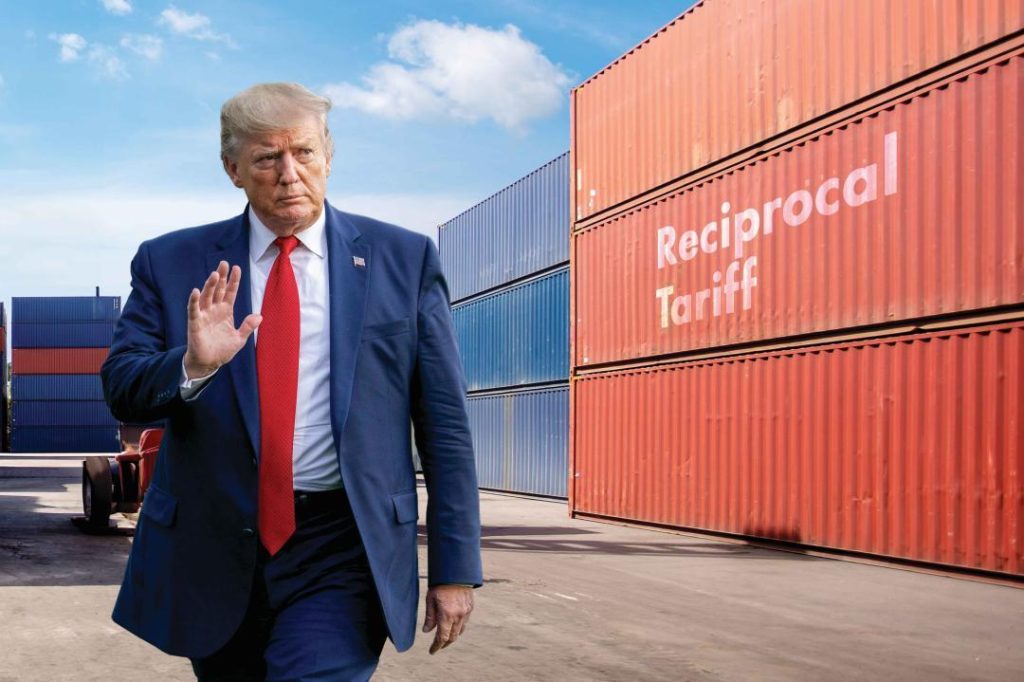
The Great Tariff War: Disruption, Diplomacy, & the Future of Trade
The global trade landscape has been on a rollercoaster ride over the past few years, with tariffs being a major disruptor. The latest announcement by the US government has set off a fresh wave of concern among businesses, governments, and individuals alike. In this blog post, we’ll delve into the implications of the tariff war, its impact on global trade, and what the future holds for the industry.
Background: The Tariff War
The tariff war began in 2018 when the Trump administration imposed tariffs on steel and aluminum imports from China. The move was met with hostility from China, which retaliated with tariffs on US goods. The tit-for-tat tariff war has been ongoing ever since, with both countries imposing tariffs on each other’s goods.
The latest development is the US government’s announcement to impose tariffs on Indian goods worth $5.6 billion. The move is seen as a response to India’s plans to impose retaliatory tariffs on 28 US products, including almonds, apples, and walnuts. The tariffs, which will take effect from September 18, are aimed at addressing concerns over India’s trade practices and forced technology transfer.
Impact on Global Trade
The tariff war has far-reaching implications for global trade, affecting businesses, consumers, and economies worldwide. Here are a few key consequences:
- Supply Chain Disruption: Tariffs have led to supply chain disruptions, as companies struggle to adapt to changing trade rules. This has resulted in higher costs, reduced production, and delayed deliveries.
- Reduced Trade: The tariff war has led to a significant reduction in trade volumes between the US and China. According to the US Census Bureau, the value of US exports to China fell by 17% in 2019 compared to the previous year.
- Inflation: Tariffs have led to increased costs for businesses, which are then passed on to consumers. This has resulted in higher prices for goods and services, leading to inflation.
- Job Losses: The tariff war has led to job losses in industries such as manufacturing, logistics, and trade. According to a report by the Peterson Institute for International Economics, the US trade war with China has already led to the loss of over 300,000 jobs.
India’s Emergence as an Alternative
Amidst the tariff war, India has emerged as an attractive alternative to China for global businesses. The country has been actively promoting itself as a manufacturing and logistics hub, offering a range of benefits such as:
- Lower Labor Costs: Labor costs in India are significantly lower than in China, making it an attractive option for businesses looking to reduce costs.
- Proximity to Markets: India’s strategic location makes it an ideal hub for businesses looking to supply markets in the Middle East, Africa, and Southeast Asia.
- Government Support: The Indian government has been actively promoting the country as a manufacturing and logistics hub, offering a range of incentives such as tax breaks, subsidies, and relaxed labor laws.
Opportunities for India
The tariff war presents a significant opportunity for India to strengthen its position as a global manufacturing and logistics hub. Here are a few ways the country can capitalize on this:
- Enhance Infrastructure: India needs to invest in its infrastructure, including ports, roads, and logistics facilities, to improve connectivity and reduce transit times.
- Simplify Regulations: The government needs to simplify regulations and reduce bureaucracy to make it easier for businesses to operate in the country.
- Develop Skilled Workforce: India needs to focus on developing a skilled workforce, particularly in areas such as manufacturing, technology, and logistics.
- Promote Trade Agreements: India needs to actively promote itself as a trade partner, negotiating trade agreements with countries such as the US, EU, and ASEAN to increase trade volumes.
Conclusion
The tariff war has disrupted global trade, leading to supply chain disruptions, reduced trade, and inflation. While the situation is complex and challenging, India has emerged as an attractive alternative to China, offering a range of benefits such as lower labor costs, proximity to markets, and government support.
To capitalize on this opportunity, India needs to enhance its infrastructure, simplify regulations, develop a skilled workforce, and promote trade agreements. By doing so, India can strengthen its position as a global manufacturing and logistics hub, reducing its dependence on China and increasing its trade volumes with other countries.
Source:
https://www.logisticsoutlook.com/supply-chain/the-great-trump-tariff-war






